Retailer’s Choice
Summer buying shows signal the start of “hunting season” for garden center retailers. With the huge turnaround in spring sales that garden centers in many areas of the country have seen this year, this should be a very active and buzzing buying season.
Remember that whether this was a great spring for you or not, the next one is critically important to your future. This will be a must-win season and the odds are not better for you. Here are the three main things you’re up against:
1. Competition Box stores are getting better product and better service from their (and our) growers and hard good vendors.
2. Inflation We’ll very likely see inflation of wholesale costs (including freight increases) greater than any time since 2007.
3. Expenses Every part of your business will cost more, and the “hold” on wages is breaking loose, even if a higher minimum wage doesn’t contribute to it.
Let’s Roll Up Our Sleeves
When you get to the shows, what are you hunting for? What you’re hunting for needs to be the same thing your customers are hunting for.
Have you asked them? Many of your customers will tell you exactly what they’re hunting for, so that is easy. Many other customers will tell you what they are hunting for in a more general way. They’ll say, “I’m just looking.” And they are, and that is more difficult to figure out. They’re looking for something and they don’t yet know what it is. So how are you supposed to have that in stock for them?
If you’re not already familiar with the term Treasure Hunt as it applies to retail, please allow me to fill you in. The Treasure Hunt is one of the four basic types of merchandise a garden center should carry. Let’s take a look at all four before digging into the Treasure Hunt strategy.
The four basic retail merchandise types are:
1. Never-Outs staple items that you should have in stock at all times in their season.
2. Signature Items items that are exclusively available from your store such as private label store brand.
3. Treasure Hunt items your customers should reasonably expect you to have available to them although they do not know what they will be until they arrive to your store to find out.
4. Never-Ins items that you should never buy because they don’t fit into your situation well enough that you won’t have to work overtime to figure out how to get rid of them.
The TREASURE HUNT!
If we’re going to have this elusive treasure trove of things your customers are looking for, we’re going to have to figure out how to find it first, and that brings us back to the buying shows. The hunt for this treasure doesn’t begin at the show if you wish to be successful at it. It begins in a bigger picture with the buying strategy and parameters you set before you hit the show floor.
Among buzzwords in retail buying today are these relative newcomers, “edited selection” and “curated selection.” So what do those really mean? It is an arduous process to filter the endless items we have access to in order to find the few the customer is looking for when they don’t know what they’re looking for.
The Problem
Someone once told me that a problem identified and written down is half solved. And this has proven to be true. You can’t write down what your customer is looking for if they don’t know what it is. But you can write down the parameters so you’ll know it when you see it. Those parameters will solve at least half of the half of the problem.
Here are a retailer’s three buying parameters for purchasing Treasure Hunt merchandise. You can apply these during your Treasure Hunt experience at the buying shows so you’ll know it when you see it.
1. This fits my store. My store environment is appropriate for this. I can display it correctly with the right lighting, flooring, fixtures and signage.
2. This fits my staff. My staff uses or would use this themselves. They will actively and passionately sell it.
3. I can make real money on this. My customers will actually buy this at a price where I can sell it at a profit, before I have to pay for it.
Now you can apply the consumers’ two buying parameters for purchasing Treasure Hunt merchandise.
1. I have not seen this anywhere else. It is unique, unusual and unavailable to any great degree in the mass market. I want it, and I had better buy it now or it will be gone!
2. This is a good value. It feels and looks substantial, and I believe I will get my money’s worth. It isn’t cheap because it is good.
By following these parameters the retailer will be satisfied with their outcome and the consumer will be satisfied that the retailer had in stock the Treasure Hunt item they did not know they were looking for … until they found it.
Your Merchant Team
Too often the buyer is the Lone Ranger with his trusty sidekick and proverbial yes-man, Tonto. Two guys in masks are not much of a team. Our industry has a lot more men buying for women than most other retail segments, except maybe the automobile industry.
Do you sense an opportunity here?
You’ve probably heard that women go shopping, and men go hunting. The ladies make it into an event, and the guys scope out the territory, track down the big game, bag it, and haul it home. But both make mistakes and buy the wrong stuff, in the wrong amount, at the wrong time. This may be an over-generalization of the sexes, but it isn’t far from the bullseye.
Finding merchandise your customers want to buy, especially when they don’t know what they want to buy makes this job move more like a Treasure Hunt than like a wild game hunt. Shopping for Treasure Hunt merchandise is not like hunting game. Yes, there are the parameters, but there are also many nuances color, style and packaging. Let’s just say that you’ll do better if you have someone on your team who understands the buyer’s gender perspective.
Safety in Numbers Retailer’s Choice
Buyers can find safety in numbers. I’m talking about the numbers of people working in your buying team and guiding you toward the right merchandise. This summer I’ll be working with Danny Summers, managing director of The Garden Center Group to facilitate three Retailer’s Choice Award buying expeditions. In these free “audience participation” style events we’ll have retailers scouring the trade show floors looking for the Treasure Hunt merchandise, so you’ll have a better shot at having what your customers want when they don’t know what they want.
We’ll begin at Cultivate ’14 in Columbus, Ohio, then on to the SNA Show in Atlanta and finally at Farwest Nursery Trade Show in Portland, Oregon. To find out more send Danny an email at [email protected], and he’ll send you the details on how you can join the Merchant Team to find the Treasure Hunt items at these buying shows.





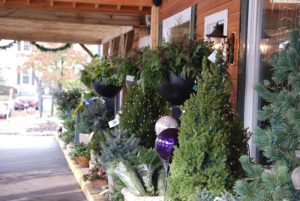
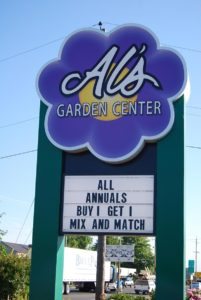


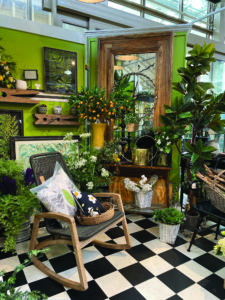


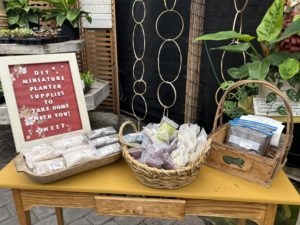

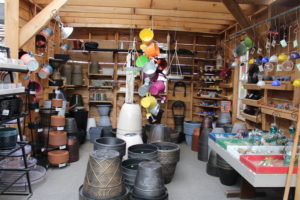
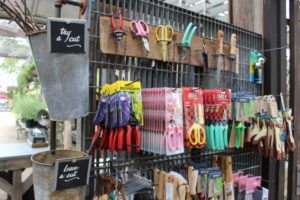
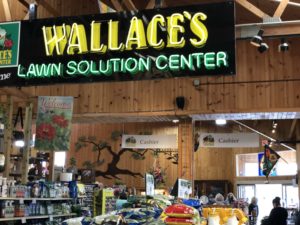
 Videos
Videos





